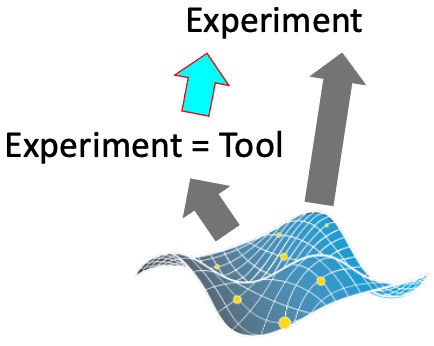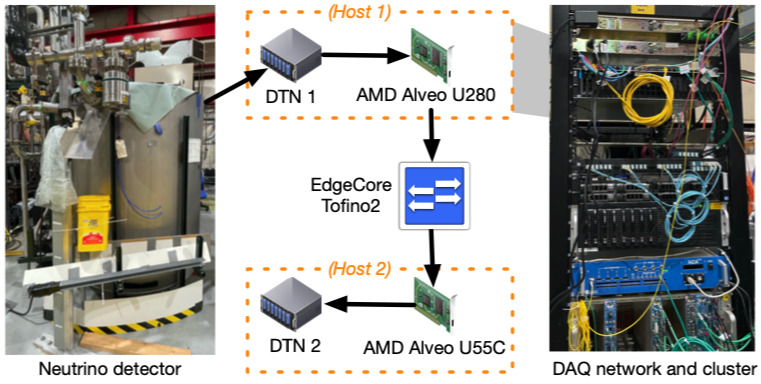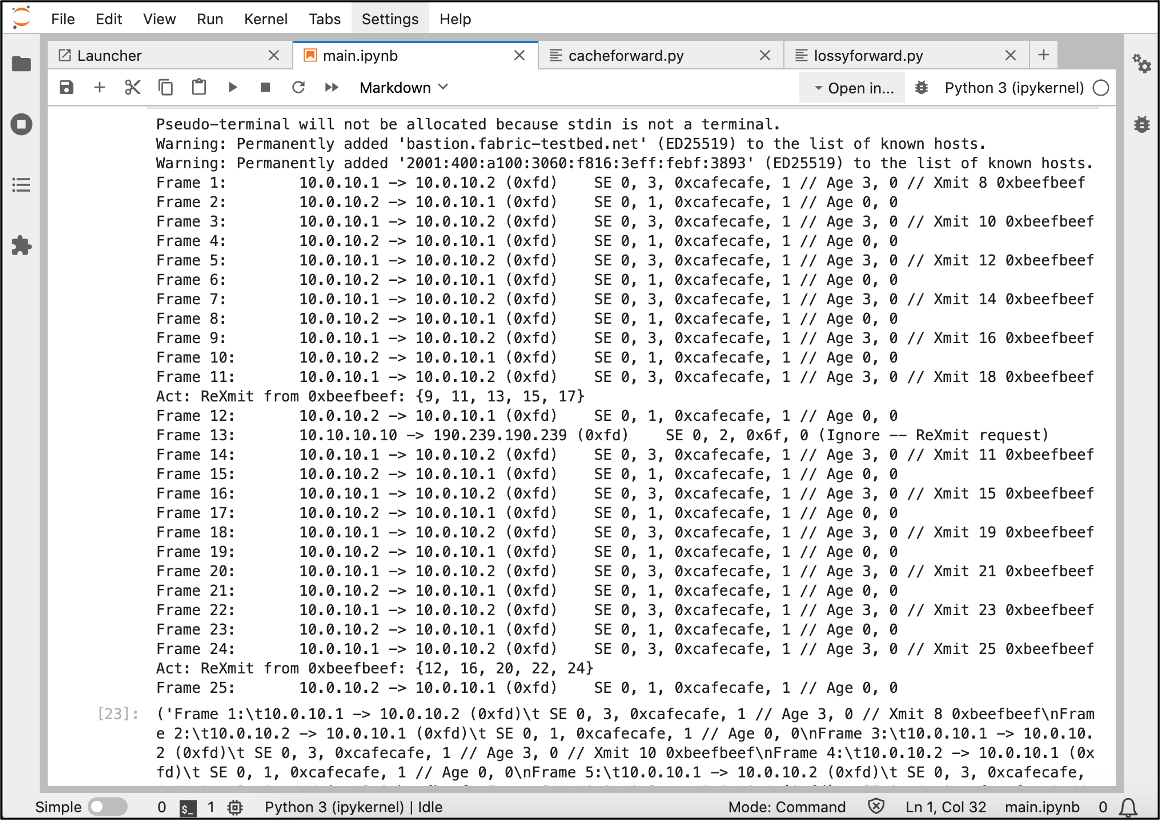 CREASE Project Blog
CREASE Project Blog
Virtually Integrating Research Infrastructure
by Nik Sultana on 2 Apr 2025.A unifying theme is emerging from our FABRIC-related research. We are using FABRIC to carry out experiments to answer research questions and to simultaneously develop tools that run on FABRIC. These tools are usable by anybody else who uses FABRIC—researchers, teachers, students. The unifying theme consists of a duality between experiments and tools. The key pattern in this theme is a virtuous cycle that both advances and supports research.
This duality was the subject of my keynote (slides) at KNIT 10. You can see this theme being realized in the Patchwork and CREASE projects. It is being realized slightly differently in the two projects but in each case it contributes towards an integrated virtual infrastructure for other research occurring on FABRIC.

First, some background. The talk at KNIT10 described the importance of tool-building—how it has long been intertwined with research, and how it catalyzes economic activity and workforce development. Something really cool happens when you build tools. When you build tools, you're actually building two things: (1) tools and (2) people who can build better tools. The duality of experiments and tools highlights their connection on the FABRIC research testbed. My talk argued how this duality can serve as a force multiplier. Dual experiment-tool artifacts provide you with two things: (1) tools to support your research and (2) people in the community who can collaborate on devising more sophisticated experiments and tools. And thus greater research impact. The key message of the talk was about how researchers in the FABRIC community can catalyse each others' work, as users of a common, shared, awesome research infrastructure.
In the case of CREASE, it embeds functionality into FABRIC users' slices. The first post in this series described how we're working to make this functionality lean, fast, and intuitive to use.

In parallel to building CREASE, we've also been trialling its use in other research. That research is devising a design for a transport protocol that better serves integrated and high-performance research infrastructure—see the paper to find out more. Carrying out that research involves developing and evaluating prototypes. And that requires using a testbed. We initially used a physical testbed and developed a pilot project that is sketched in Fig 2.

In addition to using that physical testbed, we adapted part of the prototype to run on FABRIC and used CREASE to provide programmability and convenience. Fig 3 shows output that we obtained from this setup—providing richer observability when compared to the initial platform. The screenshot shows an early development of in-progress work.
I'm looking forward to continuing to test out CREASE's capabilities on projects like the "Shapeshifting Elephants" example in parallel to building out CREASE. There are new CREASE features being developed that can potentially help many FABRIC projects. At KNIT9 and KNIT10 we ran surveys to find out from testbed users about their debugging-related needs. If you'd like to give any input to the CREASE team, you're welcome to reach out!
A huge thank you goes out to the many contributors and collaborators on the CREASE project and the "Shapeshifting Elephants" paper. In addition to NSF CIRC 2346499, support is acknowledged from URA #24-S-23 for the work done with Fermilab and ESnet, and from AMD for research resources. If you're a user of FABRIC or another testbed, you're welcome to reach out to find out more about how to use CREASE. And if you're a student at IIT or at Georgetown and wish to contribute to the project, then reach out to CREASE project members at those institutions (click on "People" on the top-left of this page).